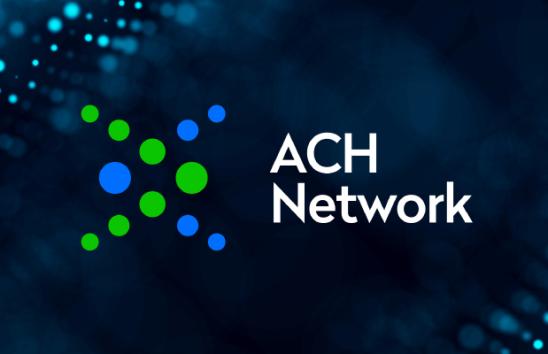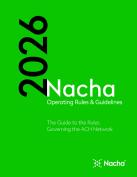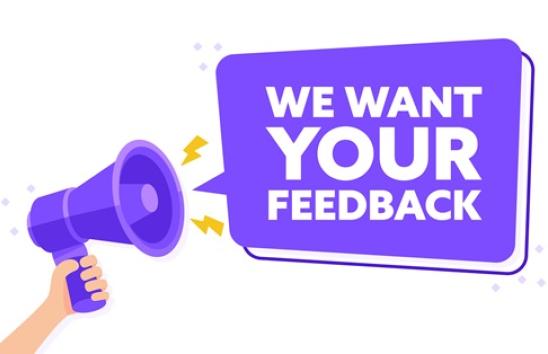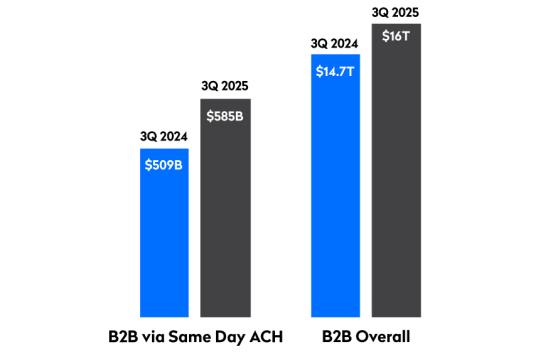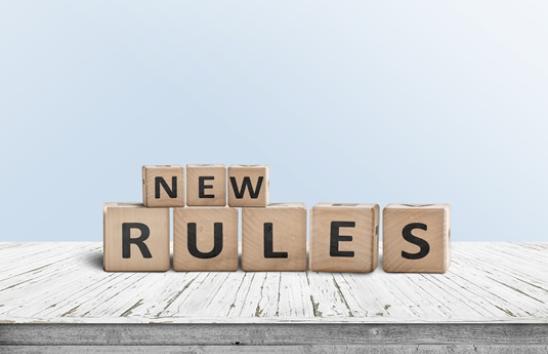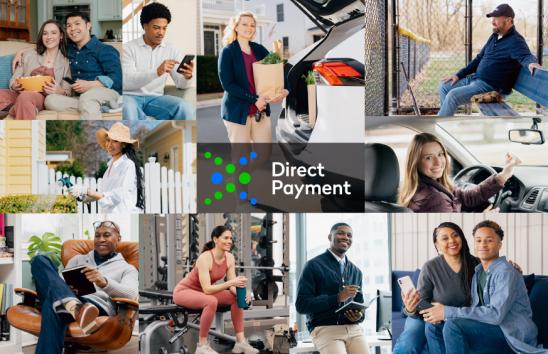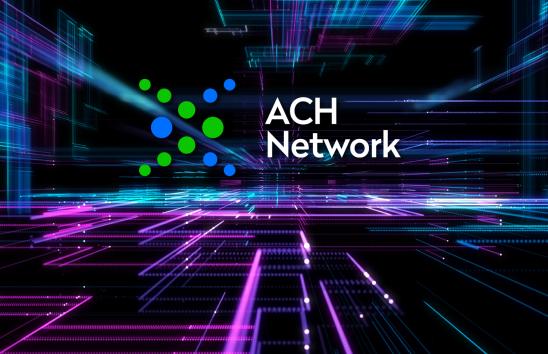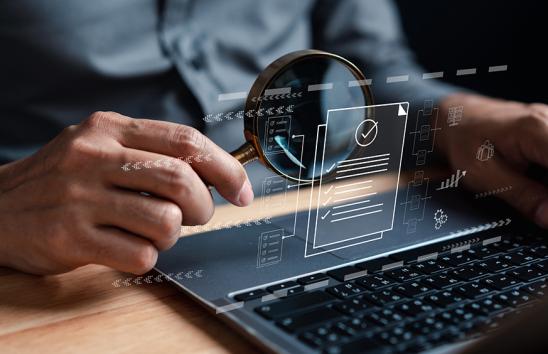The ABCs of ACH
Direct Deposits and Direct Payments are the smart and convenient way businesses, individuals, and government entities safely send and receive payments. Also known as direct debit, EFT, electronic bank transfer and eCheck, these types of payments move on the ACH Network – a payment system that reaches all U.S. bank and credit union accounts – and give both the sending and receiving parties the confidence that funds will be accurately and securely delivered on time. ACH payments can be processed in a matter of hours on the same business day, or scheduled the following day or two business days away.
The modern ACH Network has been continually advancing since its inception, adding new capabilities and transaction types, improving processing speeds and expanding operating hours. Same Day ACH went live in 2016 and has grown in popularity as innovation continues. With a $1 million per payment limit, more businesses from a wide spectrum of industries, government entities and consumers are able to utilize and benefit from the ACH Network.
The ACH Network is open for processing payments 23¼ hours every business day and settles payments four times a day. Payments are settled when the Federal Reserve’s settlement service is open (currently, the Federal Reserve’s settlement system is closed on federal holidays and weekends, and business days from 6:30 p.m. ET to 7:30 a.m. ET).
Standard Industry Practices:
- Paydays that otherwise would be on a weekend or holiday are paid on the prior Friday, while bill payments are due and collected on the next business day, in each case favoring the employee/consumer.
- If payday is on a Friday, payroll payments made by Direct Deposit are available in employees’ accounts by 9 a.m. on that day in virtually all cases. For example, if your payday is on a Friday before Labor Day weekend, and you receive it through Direct Deposit, the money will be available in your account by 9 a.m. on Friday to withdraw or cover other payments.
- Employees may notice their Direct Deposits show as available before payday. Because payroll Direct Deposits are common and routine, some banks and credit unions may advance their own funds to the employee before settlement actually occurs, resulting in early availability.
